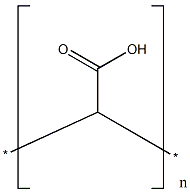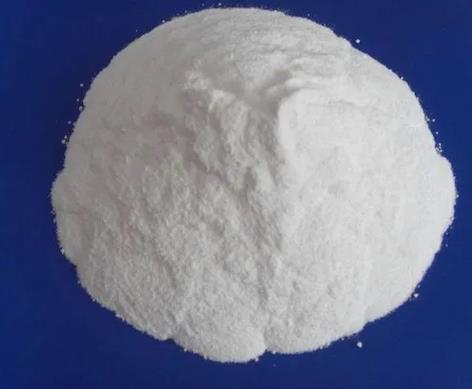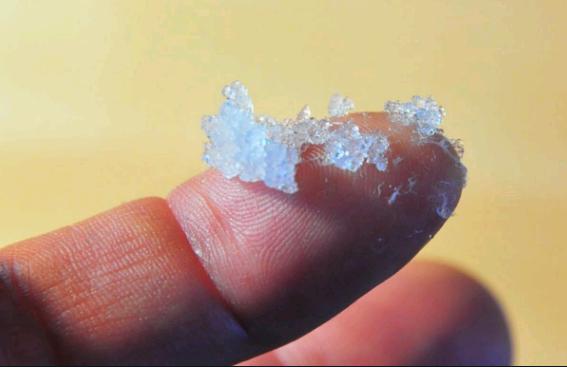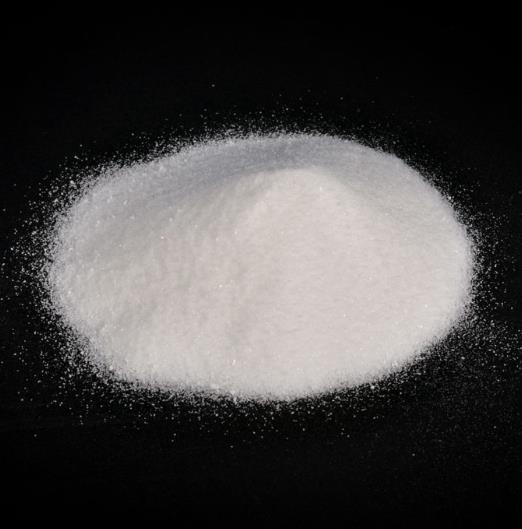Carbomer: A Critical Component in Modern Chemistry
Introduction
In the expansive field of polymer chemistry, carbomer stands out as a versatile and vital synthetic compound. Its unique ability to affect viscosity and texture makes it indispensable in the formulation of numerous products. Widely recognized for its exceptional rheological properties, carbomer is synthesized as a white, fluffy powder and is predominantly used as a gelling agent across various industries including cosmetics, pharmaceuticals, and personal care. This article delves into the synthesis, composition, applications, and storage methods of carbomer, offering detailed insights into its critical role in modern formulations and its impact on the quality and performance of end products.
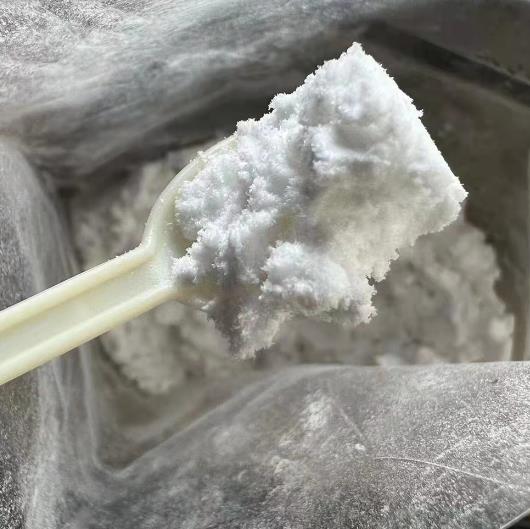
Figure 1 Characteristics of Carbomer
Synthesis
Carbomer is synthesized through the process of polymerizing acrylic acid or any of its simple esters generally in a co-solvent system. The process involves the use of a high-purity monomer that is typically reacted with a cross-linking agent like allyl ethers of pentaerythritol, sucrose, or propylene. This reaction is initiated by free radicals, which are generated by either chemical initiators or UV light exposure. The control over the molecular weight of the polymer is crucial, as it determines the rheological properties of the resulting carbomer. The synthesis can be adjusted to produce various types of carbomer, each suited for specific applications, reflecting the diversity and adaptability of this polymer.
Main Components
The main component of carbomer is polyacrylic acid, a high molecular weight polymer that can absorb and retain large amounts of water, swelling to many times its original volume. This hydrophilic nature allows for its extensive use in industries requiring moisture control. The presence of carboxyl groups in the polymer chain enhances its functionality, acting as a thickening, dispersing, and emulsifying agent, which can be neutralized with alkalis to form clear gels. Different types of carbomers are classified based on their specific molecular weight and cross-linking densities, which ultimately influence their performance in various applications, including cosmetics, pharmaceuticals, and food products, adapting to the specific needs of each industry for optimal results.
Uses
Carbomer's primary use is in the cosmetic and pharmaceutical industries where it serves as a viscosity enhancer, gelling agent, and suspension agent. Its ability to provide a high-viscosity, stable emulsion makes it particularly favored for its excellent thickening performance, which is essential in products like hand sanitizers, creams, lotions, and styling gels. These characteristics ensure that active ingredients are evenly distributed, providing consistent application and effective delivery. Beyond personal care products, carbomer is also utilized in the food industry as a stabilizer and thickener for sauces and dressings, offering a pleasant texture and maintaining the integrity of the product during storage and consumption. In the pharmaceutical sector, its role extends to formulating sustained-release pills and gels, where it helps in controlling the release of medication, thereby enhancing efficacy and patient compliance. Additionally, carbomer is used in the ophthalmic industry in artificial tear solutions, providing relief for dry eyes by creating a moisture-retaining film on the eye surface.
Storage Methods
Proper storage of carbomer is essential to maintain its efficacy and prevent degradation. Carbomers should be stored in a cool, dry place away from direct sunlight and moisture. It is hygroscopic and can absorb moisture from the air, which can lead to clumping and affect its performance. Containers of carbomer must be tightly sealed to prevent exposure to air and contaminants. Under optimal conditions, carbomer can be stored for several years without significant loss of properties.
Conclusion
Carbomer's role in modern industrial applications is indisputable, given its unique properties and versatility. As industries continue to demand more sophisticated and specialized chemical products, the synthesis and utilization of carbomers are expected to evolve. Understanding the intricacies of its synthesis, properties, and storage will remain critical for professionals in the chemical sector, ensuring that the potential of this essential polymer is fully realized in various applications.
![Article illustration]() References
References
[1]Islam, Mohammad T., et al. "Rheological characterization of topical carbomer gels neutralized to different pH."Pharmaceutical research21 (2004): 1192-1199.
[2]Singla, Anil K., Manish Chawla, and Amarjit Singh. "Potential applications of carbomer in oral mucoadhesive controlled drug delivery system: a review."Drug development and industrial pharmacy26.9 (2000): 913-924.
Related articles And Qustion
Lastest Price from Carbomer manufacturers

US $0.00/KG2025-04-22
- CAS:
- 9007-20-9
- Min. Order:
- 1KG
- Purity:
- 40000-60000
- Supply Ability:
- 20TONS

US $0.00-0.00/kg2025-04-22
- CAS:
- 9007-20-9
- Min. Order:
- 1kg
- Purity:
- 56.0%-68.0%
- Supply Ability:
- 1000 KGS
